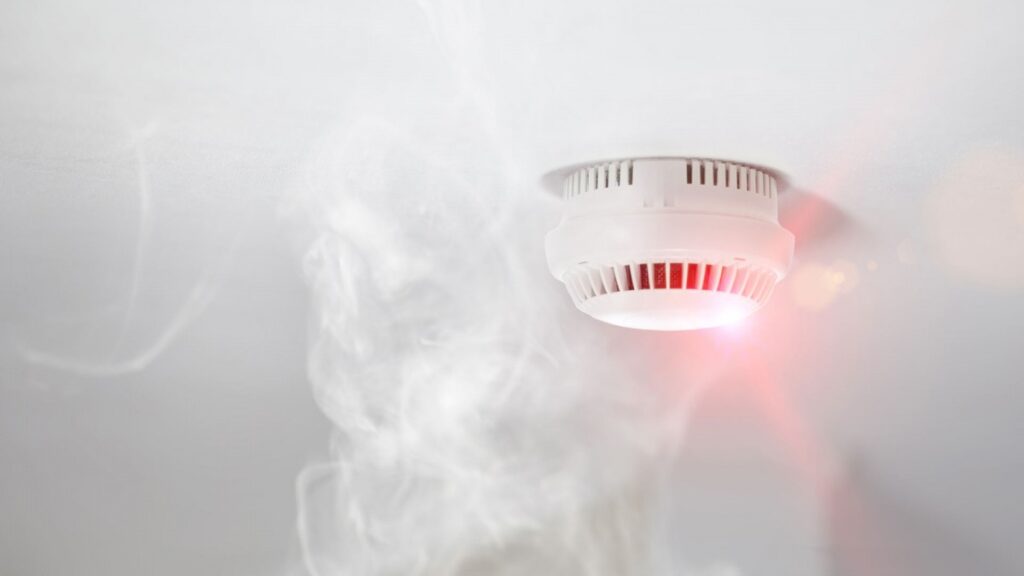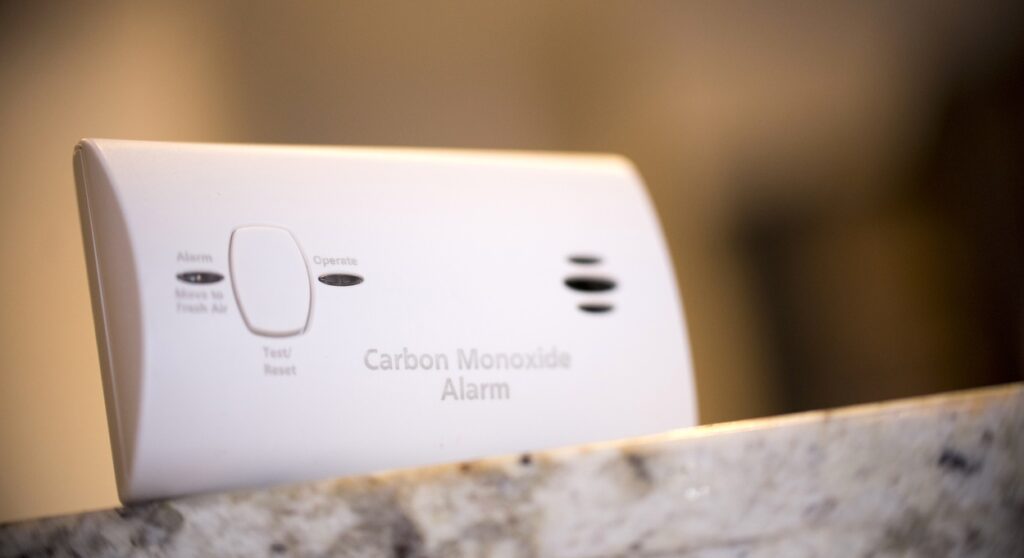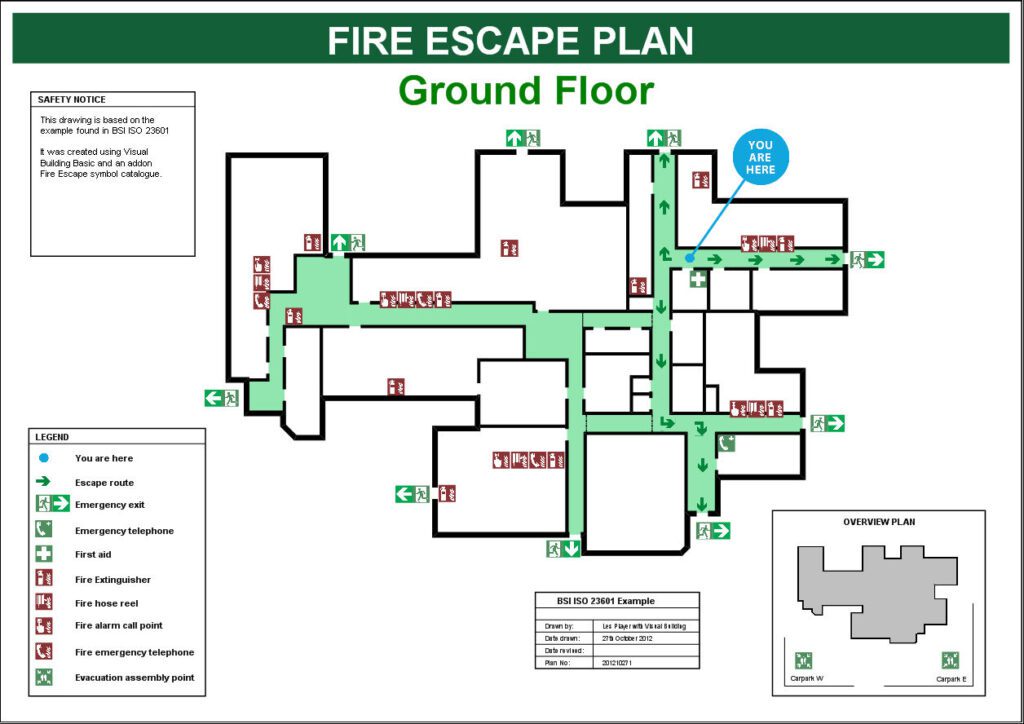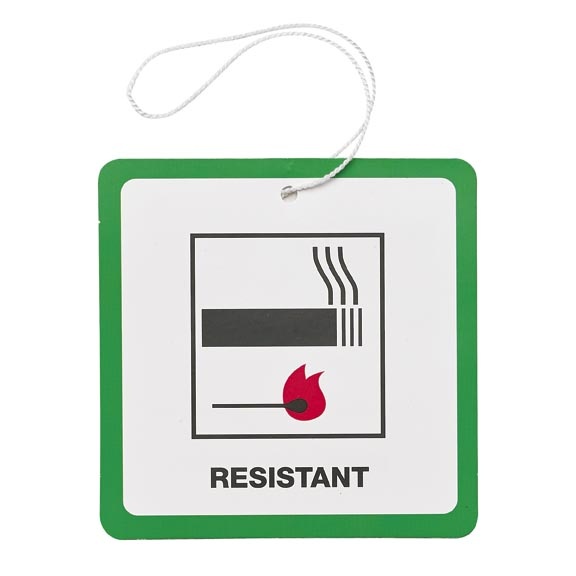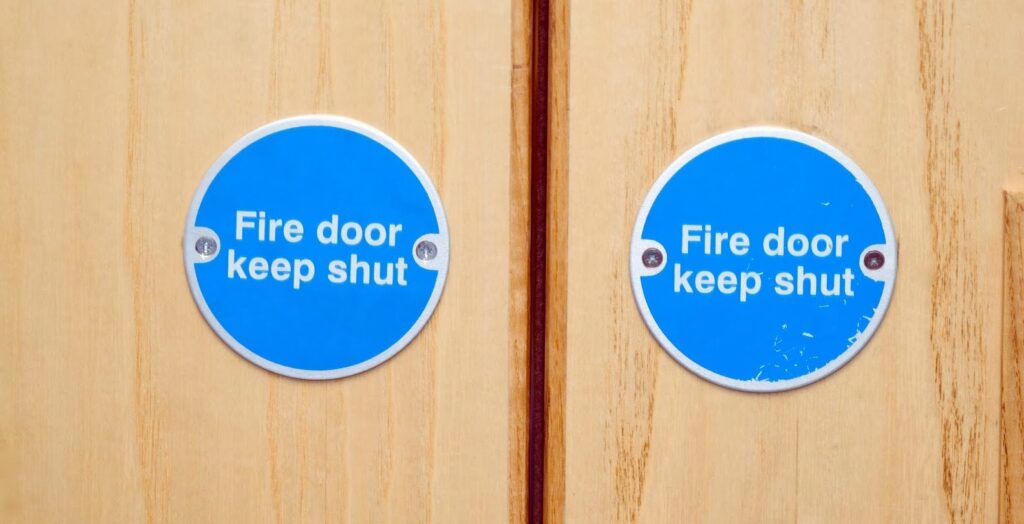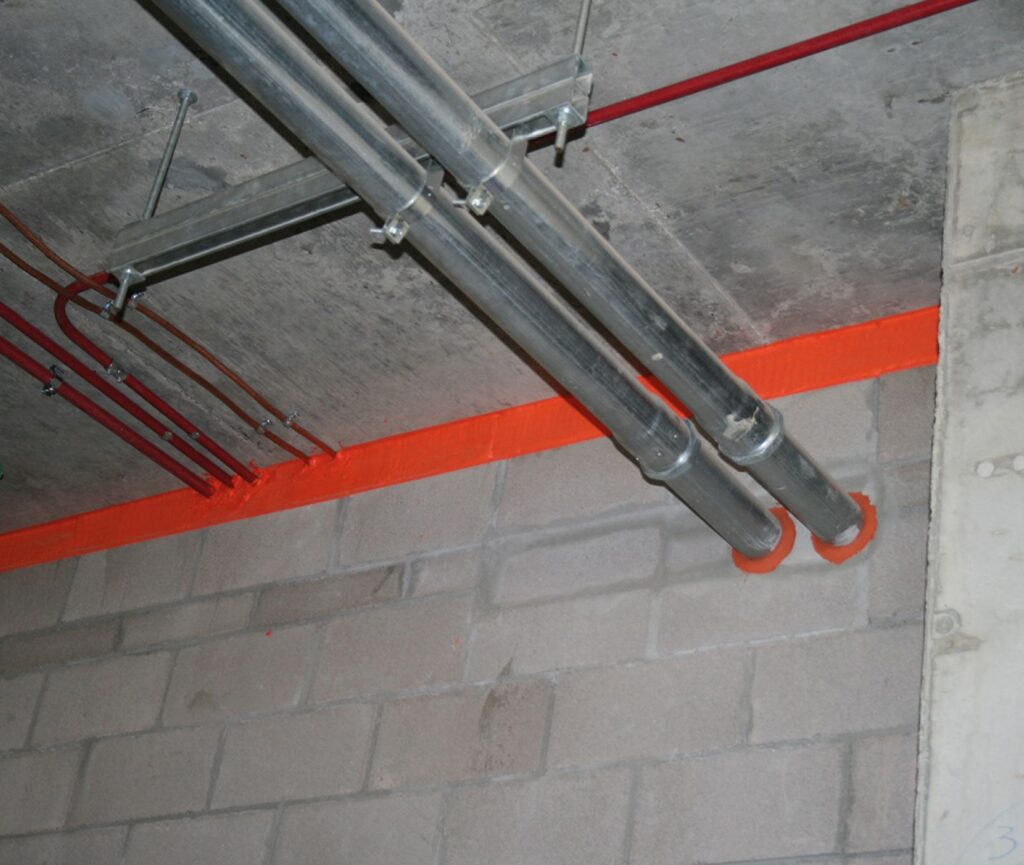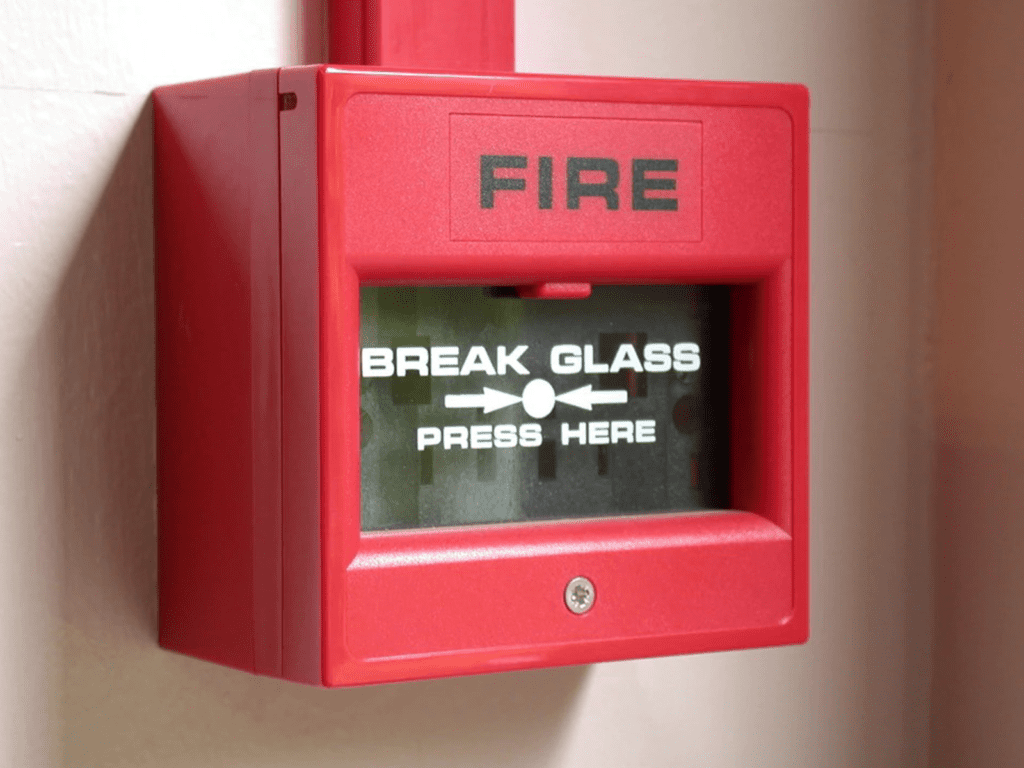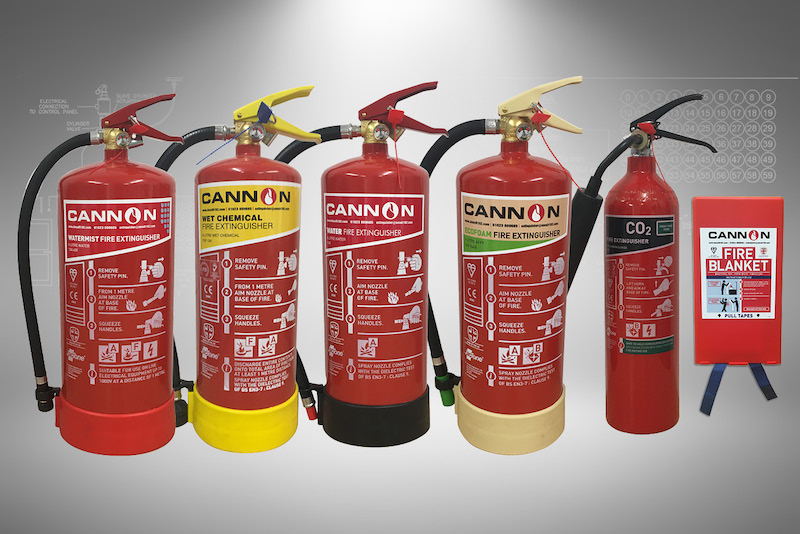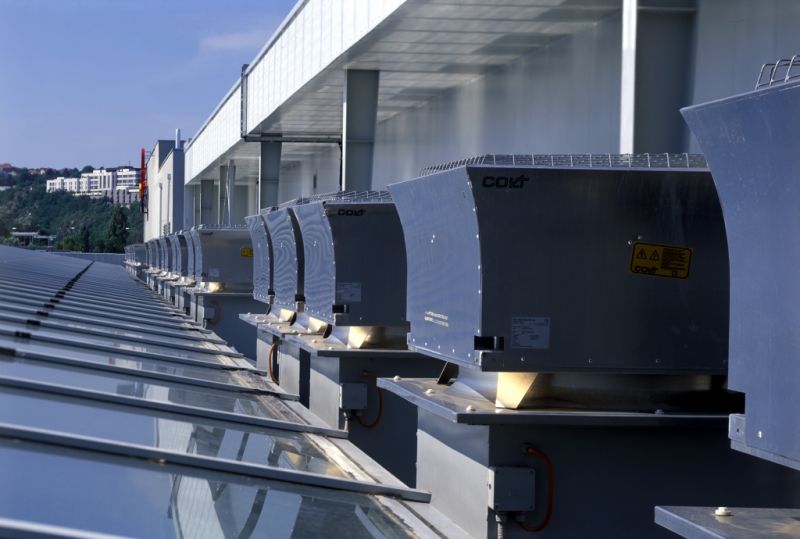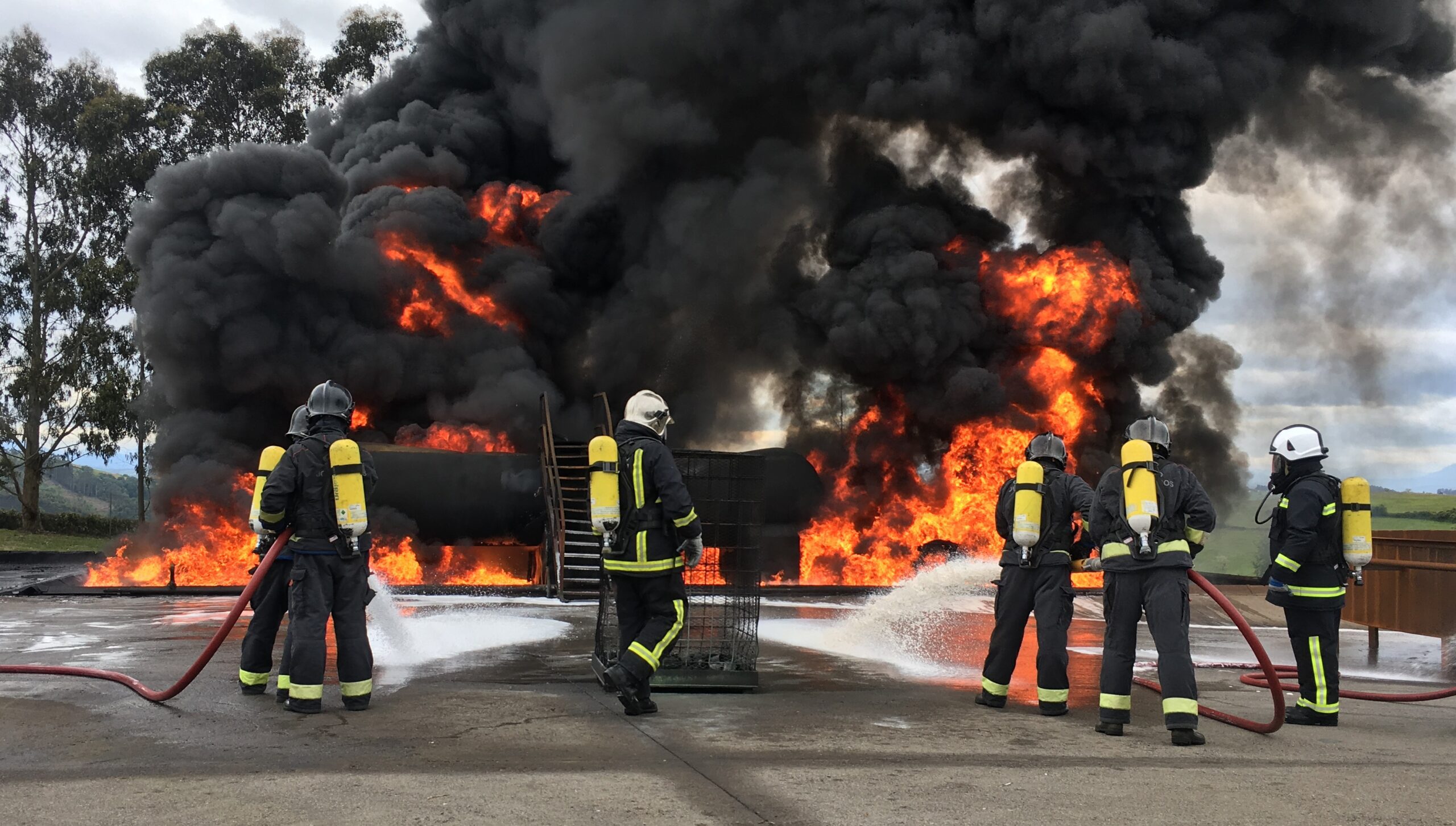What are Landlord’s Responsibilities when it comes to Fire Safety?
The Fire and Rescue Service attended 29,570 primary residential dwelling fires between 2018/19, with 196 fire-related fatalities and 5,239 non-fatal casualties. The perhaps most notable and one of the UK’s worst modern disasters is the fire which destroyed Grenfell Tower in 2017, where the fire spread up the exterior of the building and killed 72 people.
With 4.5 million privately rented households in the UK and 1.5 million landlords, it stands to reason that landlords need to know their obligations to tenant safety and the appropriate fire prevention measures they should be taking.
Housing Health and Safety Rating System (HHSRS)
The HHSRS is administered by your Local Authority, assessing risks, likelihood and severity of hazards to safety of occupants and visitors, it applies to all privately rented housing. Local Authorities have the power to enforce fire safety.
Compliance with relevant guidance, LACORS or Local Government Association (LGA), should ensure HHSRS requirements have been met.
LACORS
LACORS co-ordinates local authority regulators and has published guidance on fire safety in single dwellings, shared houses, bedsits, flats and multi-occupancy flats. It is not mandatory but following it means your property should meet a satisfactory standard of fire safety.
LGA
The LGA worked with a number of authorities and the fire and rescue services to produce guidance on Purpose Built Blocks of Flats, to be read in conjunction with the National Fire Chief Council’s simultaneous evacuation guidance and Ministry of Housing, Communities and Local Government (MHCLG) advice to building owners and fire safety advice for owners of high rise residential buildings.
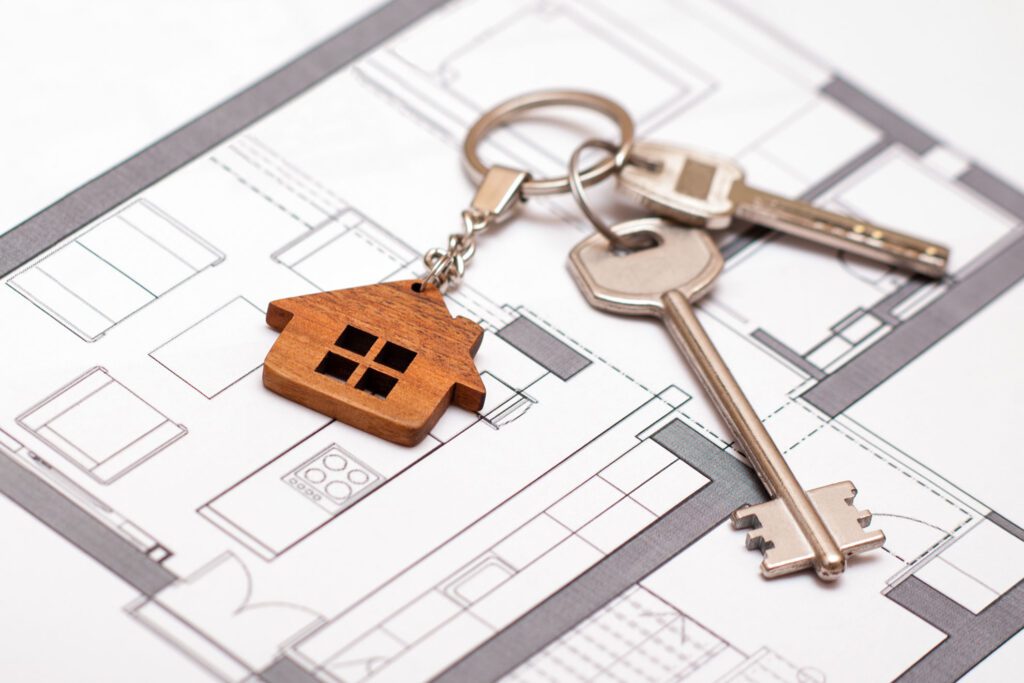
The Regulatory Reform (Fire Safety) Order (2005) (FSO)
The FSO applies to common parts of multi-occupied properties including flats, purpose-built or converted and bedsits. It requires a risk assessment to be carried out, by a competent person and take the necessary fire precautions based on the findings. It should take into consideration the conditions of the individual flats.
The Fire and Rescue Services are generally responsible for enforcing fire safety in communal areas and see that risk assessments have been carried out.
The responsible person must ensure:
- There are fire risk and spread reduction measures.
- Measures in place for effective and safe escape.
- Firefighter measures.
- Fire detection and warnings.
- Measures to be taken in the event of fire, including instruction, training and to mitigate the effects of fire.
Houses in Multiple Occupation (HMO) Management Regulations
These Regulations set specific fire safety requirements for all HMOs. A home is an HMO if at least three tenants (more than one household) live there and share bathroom and kitchen facilities. A large HMO is if five tenants at least live there (more than one household) and share bathroom and kitchen facilities.
Licensing
Where there is licensing, the licence will determine fire safety conditions, licence holders must implement fire precautions. Mandatory HMO licensing, additional HMO licensing and selective licensing can all apply to landlords.
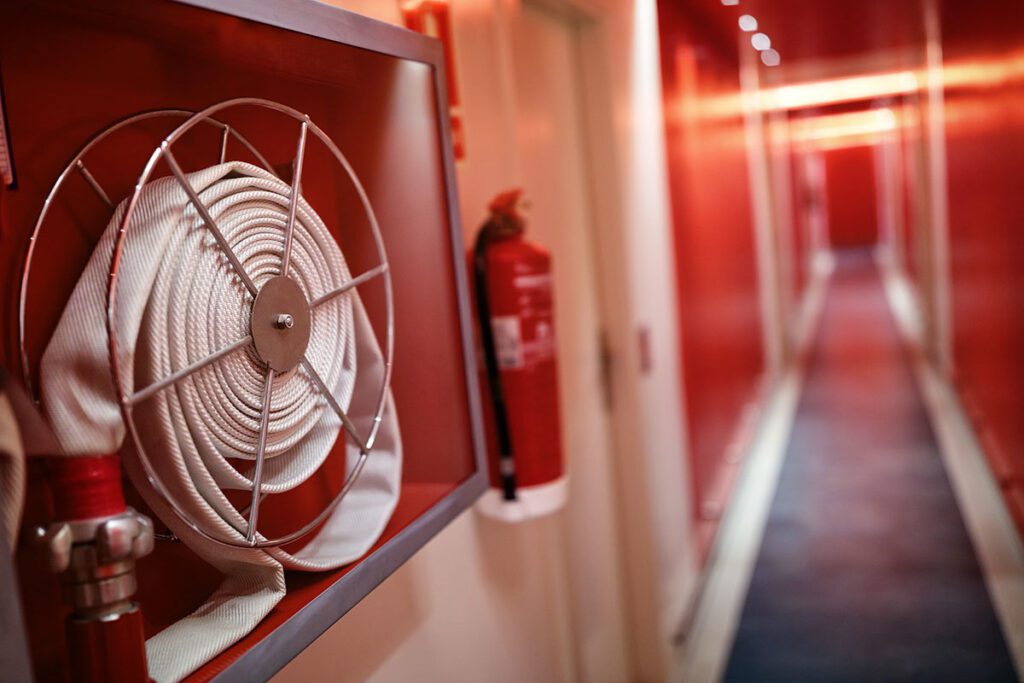
Refurbishment and Redecoration
Any refurbishments and redecoration must be compliant with building regulations and Approved Document Part B, including conversions and additional accommodation. Landlords still have the responsibility of ensuring work meets letting standards.
The FSO requires that risk assessments should be reviewed.
The Housing Act 2004
The Housing Act is the main requirement for fire safety in a rented residential property. Landlords must ensure tenants can escape easily in a fire and are protected, any repairs to the property should be done in a timely manner so fire can’t spread easily.
- Escape routes should be kept clear and all tenants should understand what they need to do.
- There should be no fire hazards near areas of heightened risk i.e. electrical leads and tea towels are not kept near ovens or hobs.
- Don’t use matches to light a gas cooker.
- All appliances should have a PAT (Portable appliance test) annually.
- Electrical appliances must have a British or European safety mark.
Some rules and regulations can be interpreted differently at different Local Authorities, check with yours about what they look for.
Furniture and Furnishings (Fire Safety) Regulations 1988/1989, 1993 and 2010
This regulation applies if the property is pre-furnished when it is let to tenants. Landlords have a duty to check for the appropriate labels, legally required on furniture and furnishings.
It’s important that tenants don’t take the labels off for any reason or replace items without you knowing about it. Make a record of any changes with photos and in writing, this can prove the cause of the fire if one breaks out.
The Smoke and Carbon Monoxide Alarm (England) Regulations 2015
It is required by law that landlords must install at least one smoke alarm to every floor of any rental property. But it’s a good idea to always do everything that you can rather than the minimum when it comes to fire safety. The more smoke detectors in the right places, the more fire protection the property has.
The law also requires at least one carbon monoxide (CO) detector in every room with an appliance burning solid fuel. Having a CO detector near the boiler is also recommended.
It’s best to get a registered Gas Safe and Part P Engineer to install smoke and CO alarms.
The London Fire Brigade strongly recommends an additional heat detector in the kitchen.
The Landlords and Tenants Act 1985
It is a landlord’s legal responsibility, to ensure properties are safe to rent out and live in, this includes having annual gas safety and electrical safety checks, ensuring the property has smoke alarms.
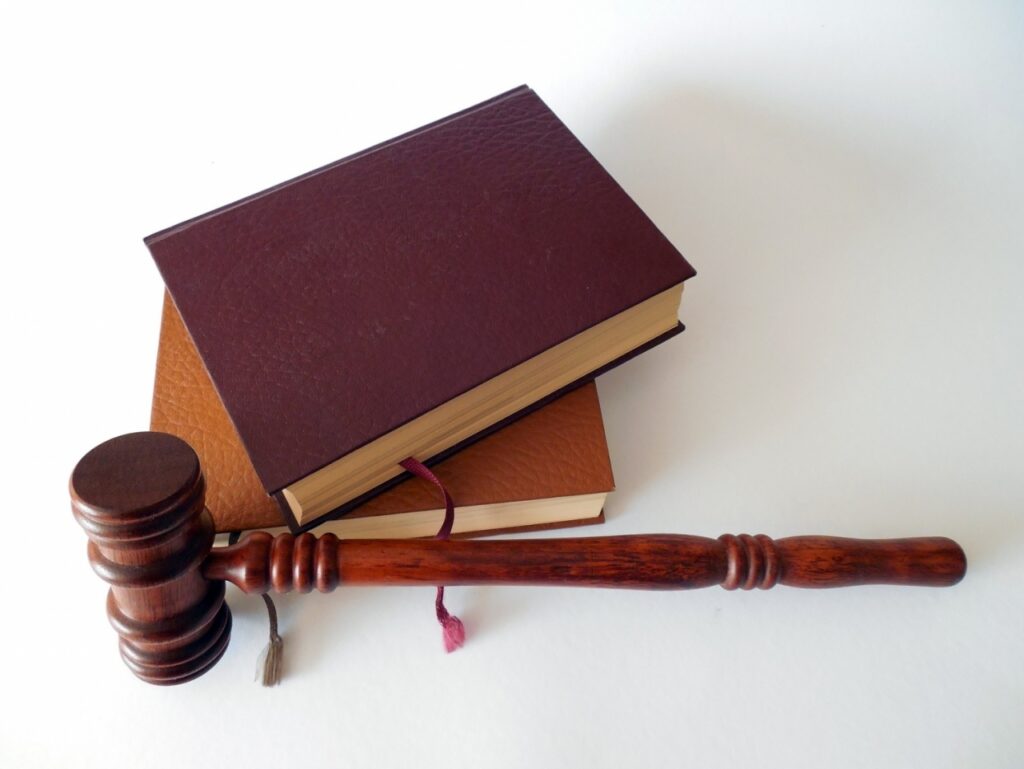
The Basic Fire Safety Responsibilities of Landlords
Fire safety for landlords is divided into two groups, A and B:
Group A: local housing authorities, social landlords and owners of private residential blocks.
Group B: private rental sector landlords, they are landlords who buy-to-let properties, flats that exist above their business and rented second homes.
As a roundup of the legislation discussed, these are the basic fire safety responsibilities of landlords:
- Provide and test a smoke alarm on each floor of the property. Alarms should be tested at the start of every new tenancy.
- Provide and test a carbon monoxide alarm in any room containing an appliance that burns solid fuel, such as a coal fire or wood-burning stove.
- Check that escape routes are always accessible.
- Ensure that any furniture and furnishings, including curtains and carpets, are fire safe. Checking for the label of compliance.
- Fire doors to be in all residential properties with more than one unit. They must be self-closing and never propped open. In multi-unit buildings, corridors and staircase entryways should also have fire doors. All flat front doors must be fire doors. Make sure they are in good condition, don’t bang shut and have not been tampered with.
- Fire protection and fire stopping is essential in any areas deemed escape routes.
- Tenants must not store possessions in common areas, particularly corridors, stairs and stairwells. They must be free of obstructions in case of evacuation. Tenants cannot store possessions in electrical or gas riser cupboards.
- Provide fire alarms and extinguishers if the property is an HMO.
All of these are applicable to Group A and B, but Group A also has additional fire safety guidelines they must adhere to:
- Landlords should have all windows checked by a surveyor and implement any changes recommended, including replacing windows if not properly installed.
- Any installing or replacing of a building facade must comply with Building Regulations, be documented, added to the evacuation plan and considered in the risk assessment.
- Facilities to support firefighting in high rise blocks is vital. They must be regularly checked and maintained: Fire engine access, firefighting lifts, fire main inlets and risers, smoke control systems, premises information boxes and clear signage.
- A ventilation strategy should be included in the risk assessment and emergency plan. Smoke ventilation should operate correctly and safely.
About Cannon Fire Protection
With over 30 years experience, Cannon Fire Protection has developed an excellent reputation within the fire protection industry throughout the United Kingdom and Europe. Independent auditing of our quality management systems, contracting and service operations ensures the very best provision of support in our sector.

Request A Quote
Have a project or portfolio that you would like to work with us on? Get in touch and a member of our team will be in touch very shortly..
Our two head offices are based in Birmingham and Ollerton with fully qualified, experienced engineers spread throughout the UK allowing Cannon Fire to operate nationwide.
Call Us: 01623 860685
Email Us: [email protected]
CONTACT DETAILS
Trading Offices
Unit 1 Sherwood Network Centre, Ollerton, NG22 9FD
Unit C, 37a Parkfield Road, Coleshill,
Birmingham, B46 3LD
OUR KEY SERVICES
Copyright © Cannon 2024 All rights Reserved
